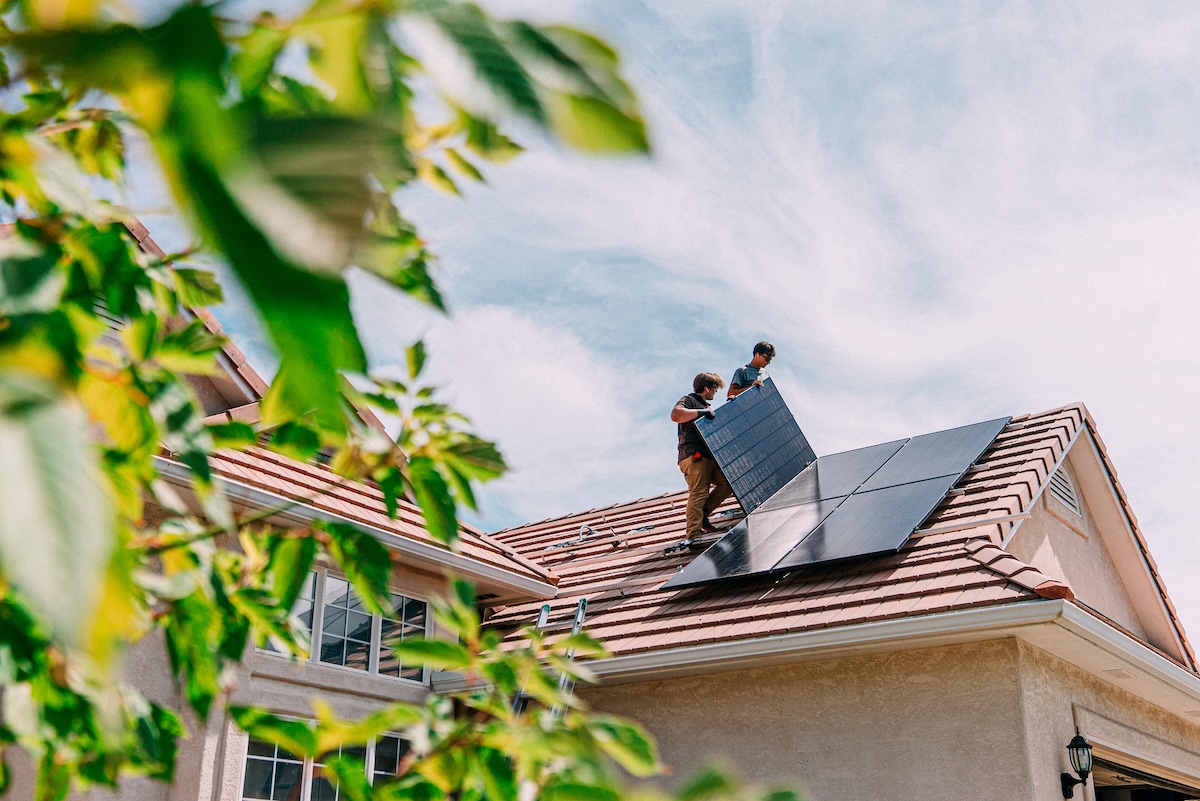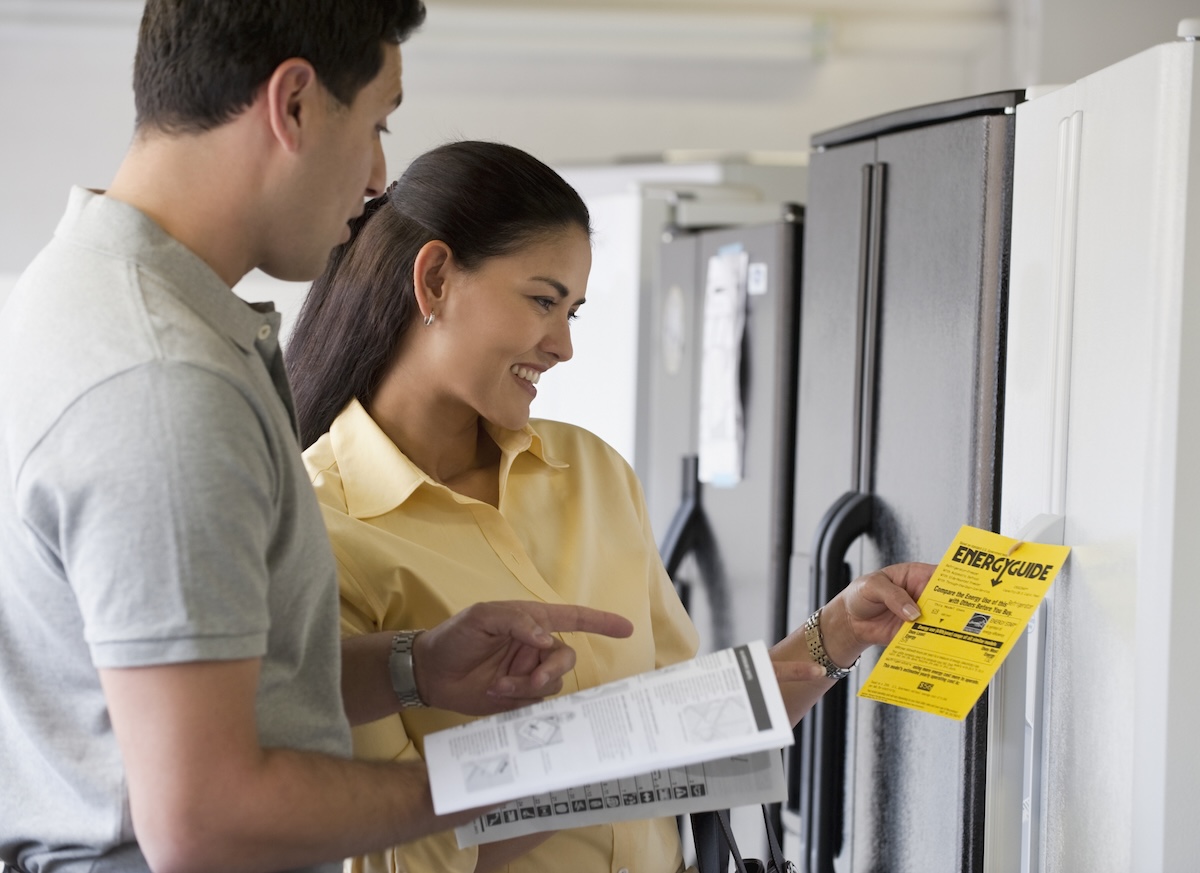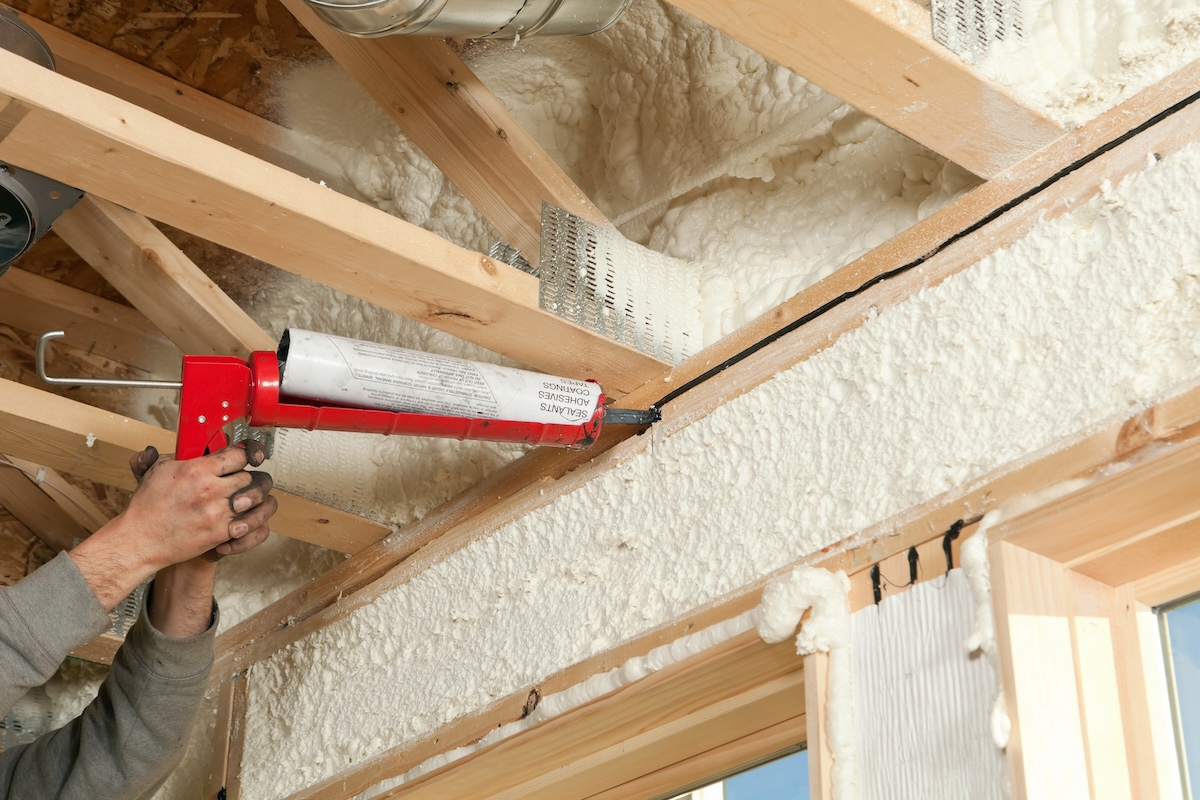

We may earn revenue from the products available on this page and participate in affiliate programs. Learn More ›
The Inflation Reduction Act offers thousands of dollars in federal tax credits to American households for energy-efficient home upgrades. Examples include installing insulation, purchasing new HVAC systems, converting an old gas furnace to an electric heat pump, and choosing renewable energy sources like solar or geothermal. So far, more than 2.3 million families have saved more than $2 billion total—an average savings of $880 per household.
However, figuring out how to claim these tax credits can sometimes be confusing. You’ll need to gather receipts and other documentation on your energy-efficient purchases and complete the correct forms. To make this process easier, the U.S. Department of Energy (DOE) recently released new resources to help American households and home energy efficiency contractors understand how to qualify and apply for these home improvement tax credits.
Keep reading to learn more about the three tools, including the Tax Credit Product Lookup Tool, home insulation explainer, and new contractor training module.

Tax Credit Product Lookup Tool
The Energy Efficient Home Improvement Credit, which is available through 2032, allows households to receive up to $3,200 in tax credits annually for a variety of energy-efficient home improvements. In addition to money saved from the tax breaks, families will have lower utility bills as a result of the improvements.
The new Tax Credit Product Lookup Tool can help you determine which new heating, air conditioning system, water heating equipment, and other home improvement purchases are eligible for tax credits. Just enter information about a particular product, such as the appliance model number, to see if it meets tax credit eligibility criteria. The tool will provide you with a one-page report to print out and save for your records.
Many energy-efficient home improvement tax credits can be used together with DOE home energy rebate programs and other state, local, and utility energy efficiency incentives to save households even more money on purchase and installation costs. For more information, you can also visit the Energy Star website for details about specific products.
Home Insulation Explainer
Insulating your home can improve comfort, lower energy usage, and reduce your carbon footprint while saving on both heating and cooling costs throughout the year.
Every home has a thermal envelope, or enclosure, that consists of the floor, roof, foundation, walls, windows, and doors. Air can escape (or enter) easily through gaps in walls, ducts, vents, pipes, or other spots in the home. If heat continues to leak, for example, not only will your home be colder, but your energy bills will be higher than expected. That’s why installing effective insulation and using air-sealing techniques like caulking and weatherstripping are so critical in improving the durability of a home, increasing comfort, and creating a healthier indoor environment.
Fortunately, insulation and air-sealing products may be eligible for a federal tax credit. However, it can be confusing depending on the climate zone you live in. First, check your climate zone. Then head over to the new home insulation explainer tool to understand which home insulation and air-sealing products can lower your utility bills and qualify for tax credits. Once you know what products qualify, you can start searching for the best solutions for your home.

New Contractor Training Module
The third tool is the contractor training module, which provides detailed introductory information on how contractors can leverage residential energy efficiency incentives like those for electrifying a home. It includes incentives available from federal, state, local, and utility-run programs. A free 30-minute video is available so contractors can find training and certification programs that develop the skills and knowledge needed for clean energy jobs. Be sure to share this tool with your contractors before starting a project.
